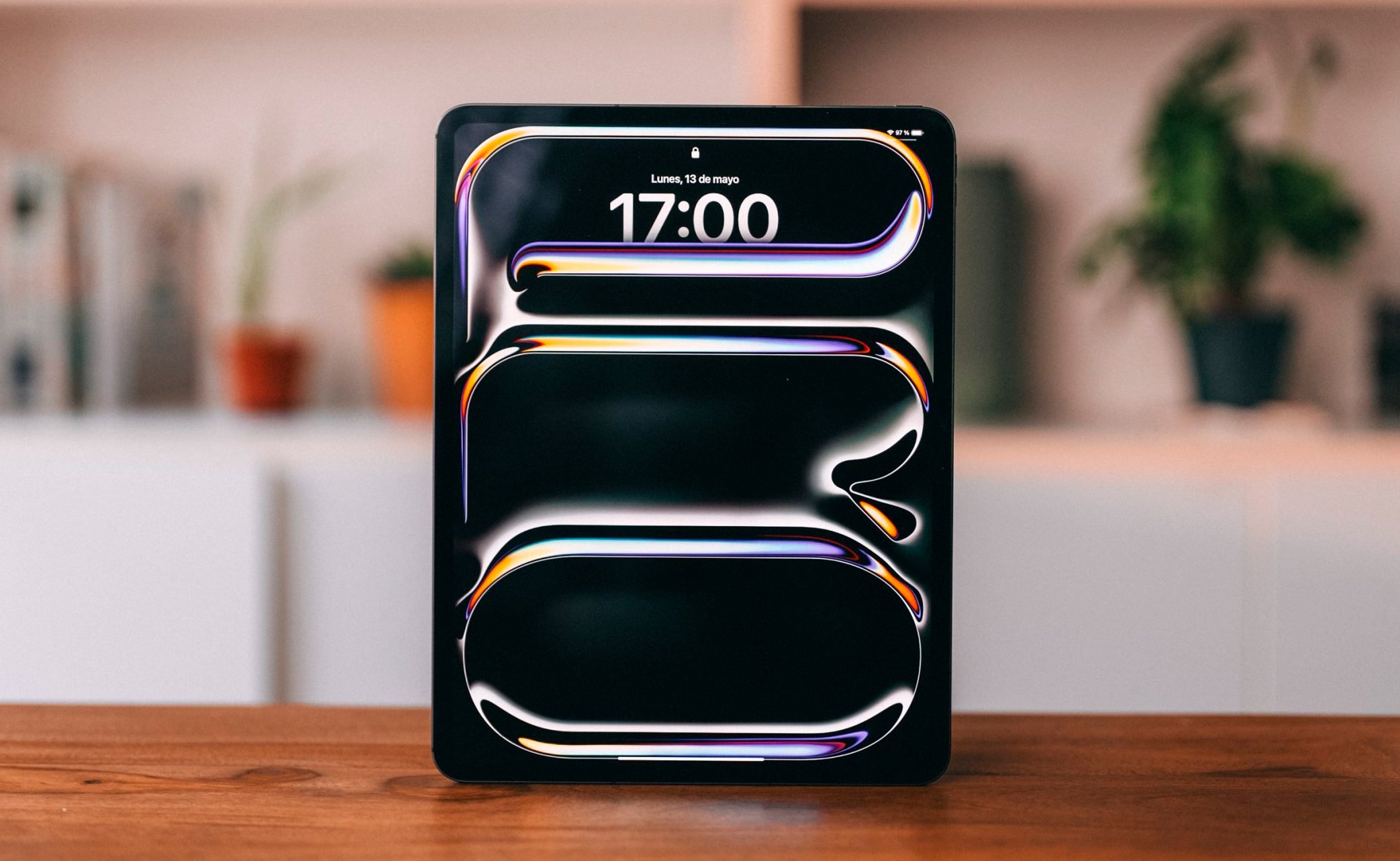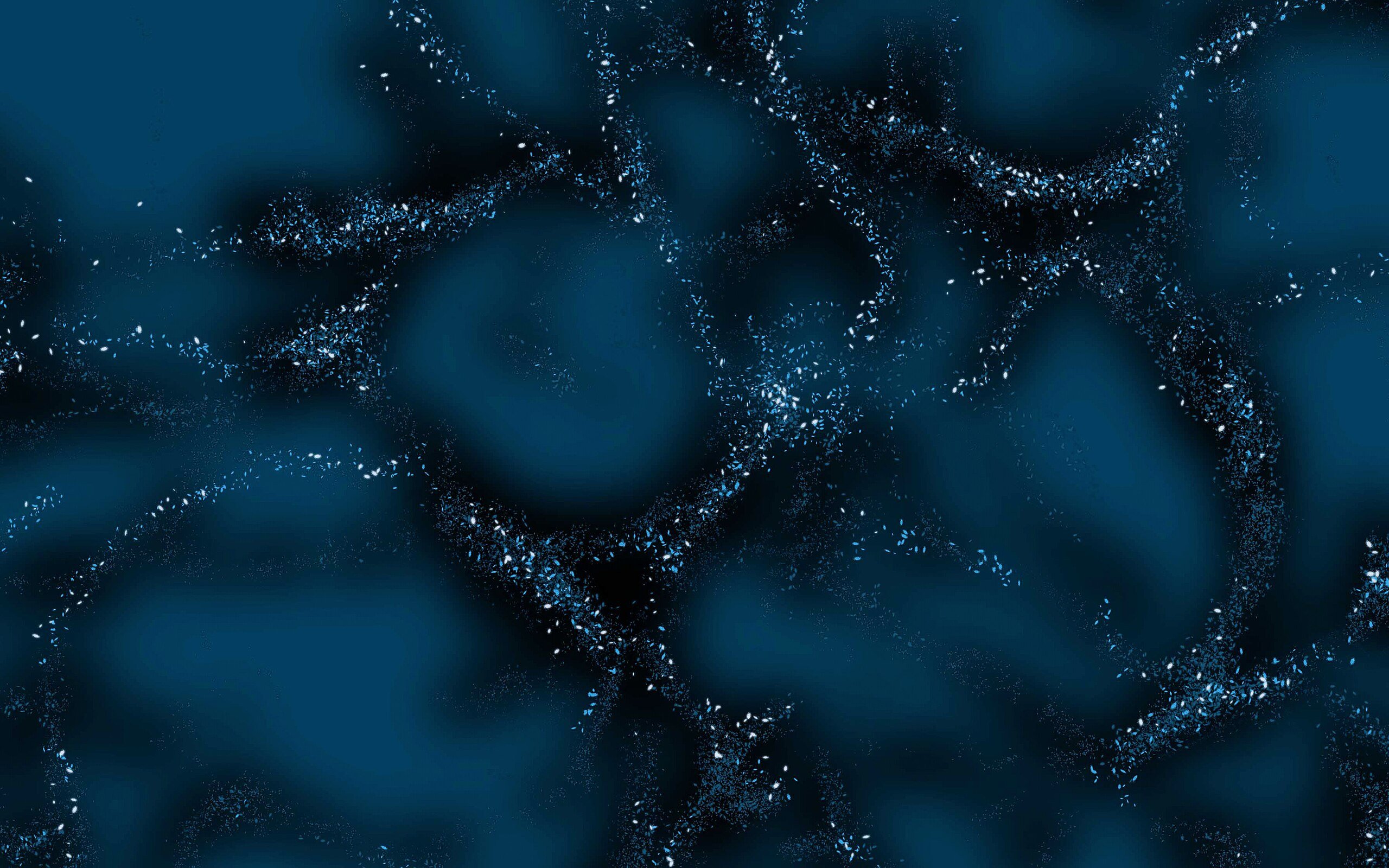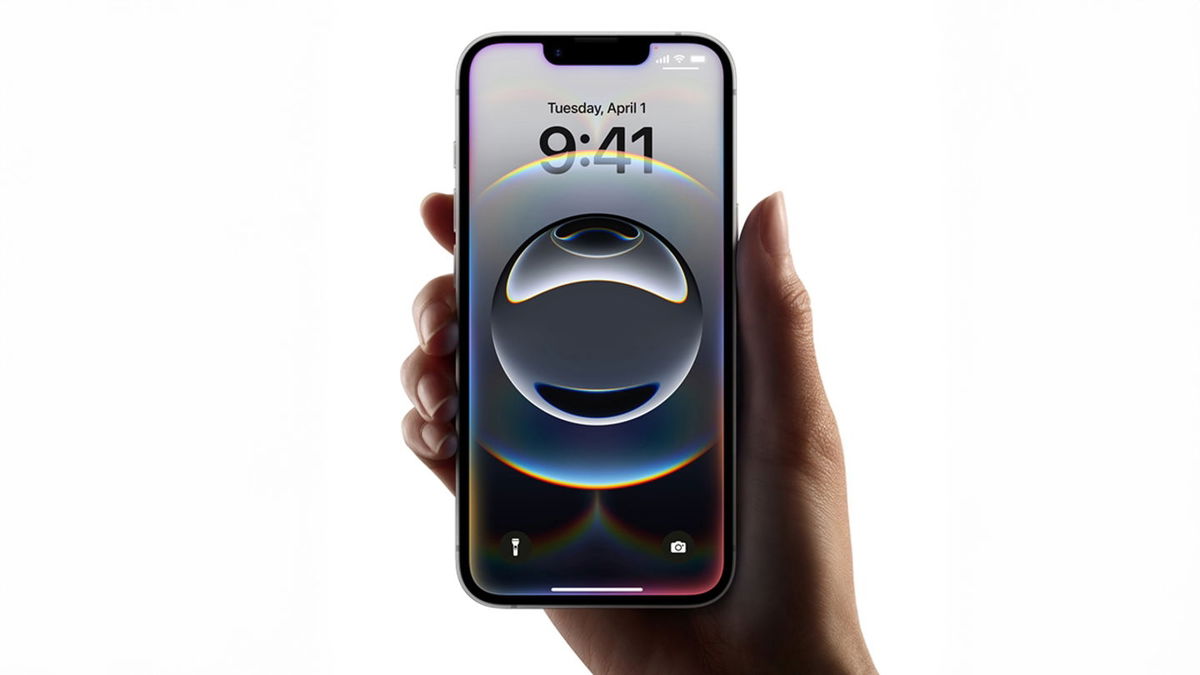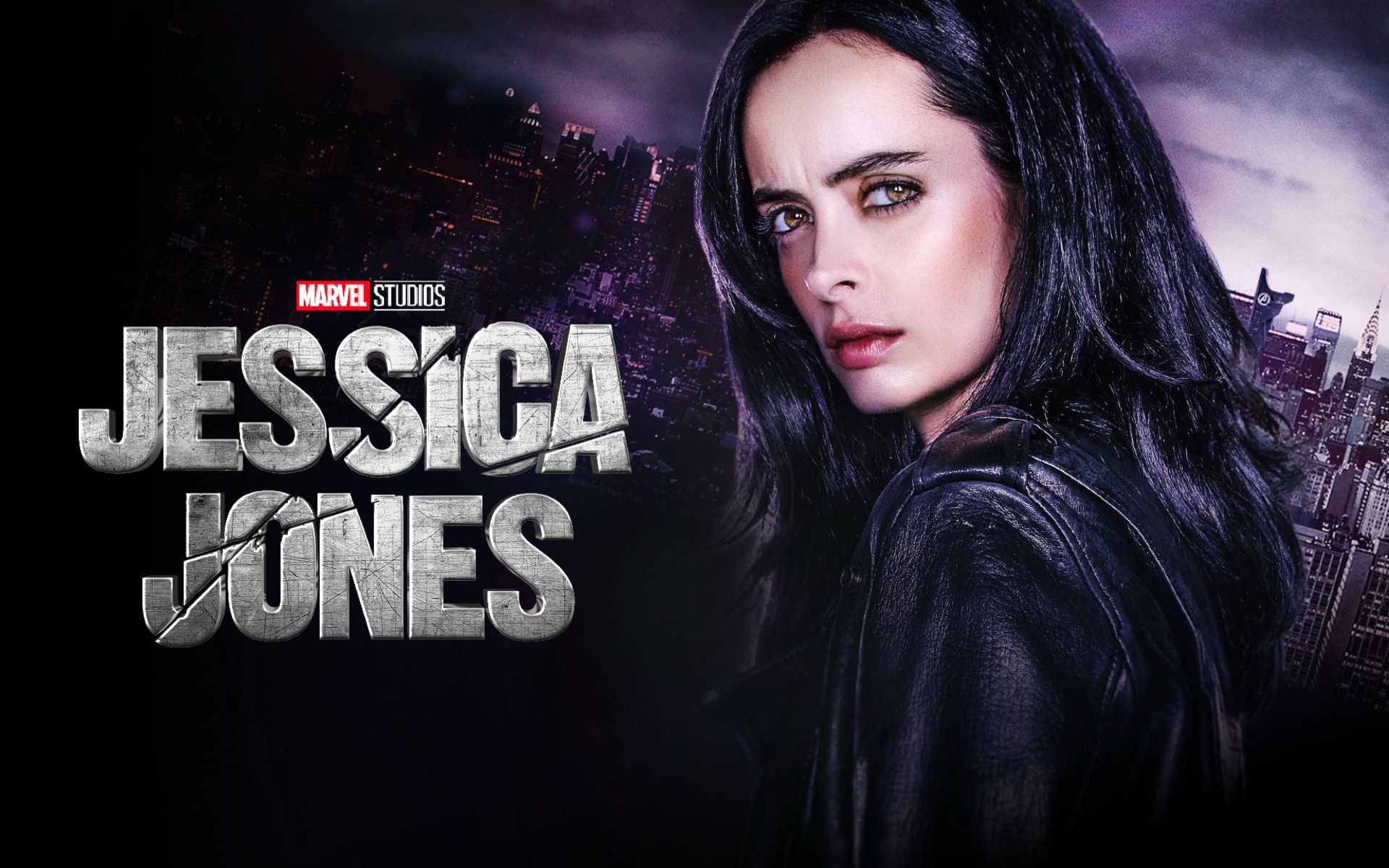Show Rings of Power that JRR Tolkien was a misogynist and a racist? The question has come up frequently in recent weeks. The Prime Video series premiere does more than just reimagining Middle-earth and its characters from a new perspective.
He also aims to rewrite the British writer’s work. The first science fiction, which takes place in the world of Tolkien, tells about a historical period in which the author himself did not delve into. The Second Age is unknown even to the researchers of the writer’s saga. Therefore, the production took risky decisions to implement its ambitious project.
One of them is the inclusion greater racial diversity in Tolkien’s world. Another to offer unparalleled the strength of their female characters, often perceived as having a restrained relevance. Finally, the landscape of Middle-earth seems to have changed as a result of modern sensibilities. Something unforgivable for hardcore fans of the literary version.
Rings of Power this is a new phenomenon that everyone is talking about and not to be missed
Tolkien against the problems of modern culture
But the controversy over additions and reinterpretations Rings of Power to the Tolkien saga also leads to more uncomfortable questions. In the fictional world, it seems that all races have white skin, and women can hardly be called advisers, heroines of fate, or mysterious figures. What does this mean? Was Tolkien a racist, a misogynist, or, at worst, created an epic based on his prejudices?
And even more urgent. Can a fantastic work published 70 years ago be measured and interpreted by today’s parameters? Questions for Rings of Power worried about their consequences. Particularly because the strict reading of the series by its followers suggests how such a rich universe should be brought to new media.
Despite the meticulously detailed visual depiction of Tolkien’s imagined places, the series takes great liberties with the central story. So much so that its quality as a derivative work is of concern to fans of the literary epic.
Are racial characters necessary in a narrative based on Norse, English, and Celtic mythology? Was it necessary to reinvent the central figure in order to turn her into a version more in line with today’s powerful women?
The critical point of the discussion suggests that Tolkien would never have approved of such changes in his work. Which indicates that the writer had certain views on the skin color or gender of his characters. This is true? Actually, the British author’s context shows otherwise and makes it clear that his work has evolved according to his particular sensibility.
Tolkien’s Middle Earth vs. Rings of Power
Tolkien’s literary saga requires a deep analysis of its characters in order to fully understand it. The scientist used his great literary epic to link mythologies and beliefs. But above all, he did it to rethink old beliefs about storytelling rather than reflecting the world around him. The author has repeatedly stated that Middle-earth was not an allegorical view of the world he lived in.
In fact, he pointed it out in the preface to the second British edition. Lord of the Rings. “This is not an allegory or topical,” the text insists. He further clarifies that he “sincerely dislikes allegory in all its manifestations.” To none of Tolkien’s books or stories are intended to send political, ideological or reflect specific opinions.
The world presented by the writer is hierarchical, in the manner of the medieval “chain of being”. According to this principle, everything that lives and is in Middle-earth is associated with “spirit” and “matter”. Thus, the Valar, Maiar, Elves and other beings represent absolute goodness. While orcs, trolls and other manifestations of darkness do the same with evil. Between both extremes, Middle-earth is shown, a vast world, densely populated and with its own characteristics.
Light and Shadow in Middle-earth

For Tolkien the true value of his characters lies in the moral qualities they display. The brightest are associated with spiritual value, and the writer emphasizes their intangible beauty. In just a few fragments, he devotes time and interest appearance as a determining factor of character who is he describing.
How it goes when it comes to detailing Galadriel’s hair and relating it to the brilliance of the trees of Valinor is an important point in understanding the personality of the elven lady. Something similar happens with the atmosphere of tragic nobility that surrounds Frodo after being wounded by Ella the Spider.
And again, the writer uses beauty to exalt intangible and emotional qualities. So much so that even the degradation of this elevated view has nothing to do with the physical, but with the ability to be creative. Morgoth/Melkor, who cannot give life, perverts existence. Which explains some of the interpretations of the creation of orcs associated with corrupted versions of elves, and later humans. Its “ugliness” comes from destruction, not from a physical defect.
doRings of Power testifies to the racism of Tolkien’s work?
With this perception, according to Tolkien, skin color of your characters doesn’t matter. Especially considering that most of his works are not allegorical and do not reflect the real world.
For the writer, physical attractiveness was directly related to kindness, heroism, and courage. That is, apart from the orcs and their descriptions of the “spoiled” darkness, their characters were symbols.
So much so that when Tolkien began to tell his mythology, he connected it to the purpose and opposition of darkness and light. Which has little or nothing to do with appearance. In fact, for the British the purpose of every man, woman and creature in your world was to serve the highest good. One has to do with looking at kindness and extraordinary feelings before any physical aspect.

What about their links? Tolkien’s work drinks from the mythological cycles associated with white-skinned characters. But, as the same author pointed out, his world is “a careful combination of all the noble elements of the old tales”.. For the British, the ethical qualities of his characters were valuable in his storytelling. This is, first of all, a point about its specific appearance.
Galadriel in Rings of Power
In one of the scenes from Rings of PowerGaladriel (Morfydd Clark) announces that she is arming herself against Morgoth and his lieutenant Sauron. This is not a poetic image. The sequence shows her next to her older brother’s corpse, while the character reassures “I made her become mine.” He meant the battle of the elves of Valinor with the evil represented by their greatest and most ferocious enemy.
Then, The Elven Lady travels through Middle-earth in search of the shadow of evil.. All this is dressed in shining armor and a sword in hand. Does this perception conflict with what is written about the character? J. R. R. Tolkien?
Galadriel is one of the most beloved figures in the writer’s mythology.. One that, moreover, went through all sorts of improvements by the author. The analysis included essays, notes, and stories that allowed him to give the character amazing depth.
Galadriel in Tolkien’s universe
For decades, the author has linked new information to what he reported about the elf in the trilogy. Lord of the Rings. Which the allowed his reflections on the moral good to become more prominent in Galadriel..

Although the Elven Lady is never depicted in battle or battle, Tolkien clearly shows her weight and importance. This also highlights its relevance to the historical landscape of Middle-earth. For the writer, it was of considerable interest that the character was, in addition to being a privileged witness of the ages, also a value.
Actually, all women in Tolkien’s works have great power and personify pure goodness.. Eowyn, a reformulation of the Scandinavian Valkyries, represents the dignity and value of loyalty. Both the Lady of Rohan and Lothlórien share common traits as emblems of incorruptibility.
Toliken was not so far from Rings of Power
In the case of Galadriel, this is even more noticeable. According to the book legendarium (2000), written by Werlin Flieger and Carl F. Hostetter, The Elf Lady is notable for its particular complexity. As a survivor of many tragedies, she is strong by origin, but also by herself. Tolkien added new facets to her character, creating a heroine who connected the centuries in a complex world.
Like race, gender does not matter much to the writer. Namely, when the whole mythology of his work comes from the opposition of good – the desire for heroism – and evil.

From Gandalf, the embodiment of the transcendent, to Aragorn, the nameless warrior turned hero. Tolkien’s work it goes through identity, the search for a mystical purpose, and even the challenge of the legendary Great Company. As a storyteller, he described his characters, but always made it clear that the true value of his work is much more abstract and intangible. Without a doubt, one of his strongest moments.














